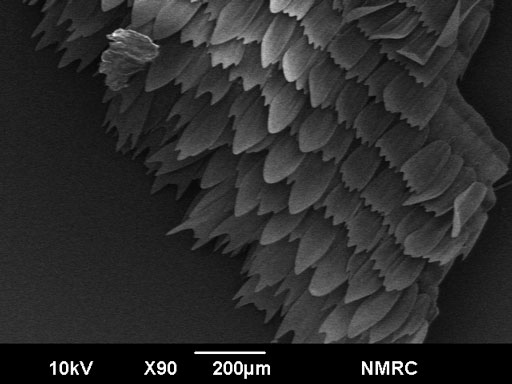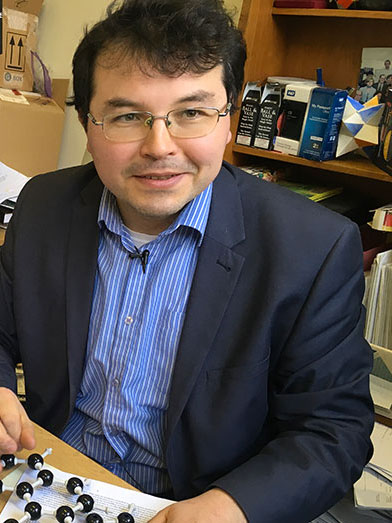Have you ever wondered what pollen looks like? Or the scales on a butterfly's wing? Scientists are giving people the chance to find out what objects that usually go unseen look like with a new 'Under the Microscope' initiative.
The Nanoscale and Microscale Research Centre (nmRC) at the University of Nottingham is asking for people to suggest objects they would like to see in microscopic detail.
From the suggestions one object will be selected each month to be imaged using state of the art Scanning Electron Microscopy (SEM) equipment that can create images at the nanoscale.
Luke Norman, Knowledge Exchange Fellow, has set up the initiative and said: "We've created the Under the Microscope initiative to showcase to the public the power and capability of electron microscopy. The technique is a window into a hidden world of micro- and nano- structures, offering a glimpse into their complexity and beauty. It will give people the opportunity to see everyday objects in the greatest detail. We are keen to hear from the public on which objects they would like to see go Under the Microscope as well as their reasons why."

The nmRC undertakes a range of research projects and in 2020 captured the world's first ever footage of atoms bonding at a scale around half a million times smaller than the width of a human hair. The team also sent the Queen a 90th birthday message written on a Corgi hair!
The images will be captured using Scanning Electron Microscopy (SEM). This is an electron imaging technique used to characterise the morphology and microstructure of bulk sample materials. A finely focused electron beam is scanned across the sample and the electron signals generated (including secondary electrons and back-scattered electrons) are then amplified and detected to produce an image of the surface or near surface features of the sample.

We are very proud of the world leading research that takes place at the nmRC. Our imaging at the nanoscale reveals deep insights into materials and molecules that can lead to scientific discoveries, including the creation of new medicines and functional materials. The images are also often very beautiful and sometimes surprising!
To make a suggestion of an object for imaging simply fill out this form






